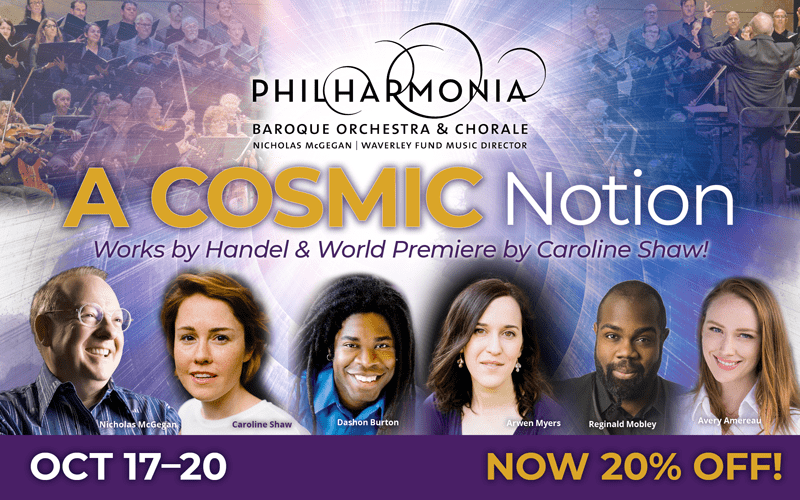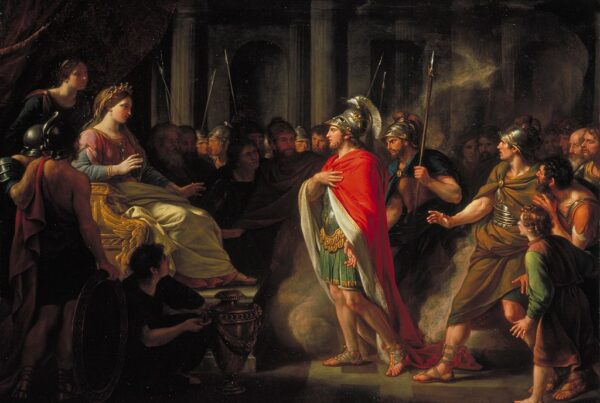Music that’s Out of this World
By Bruce Lamott

The Golden Record
Imagine, if you will, a space-faring extraterrestrial rocking out to Chuck Berry’s “Johnny B. Goode” or grooving to Bach’s Second Brandenburg Concerto. Is this science fiction or science vision? To Carl Sagan, the late Cornell professor and popularizer of intergalactic astronomy, it was worth a try. Launching what he called “a ‘bottle’ into the cosmic ‘ocean,'” it took the form of two gold-plated copper phonograph records attached to the exterior of each spacecraft–complete with stylus and playing instructions. The two disks of the Voyager Golden Record, as it is known, contained images—in analog form—of the flora and fauna of Earth, landscapes, humans in daily life, as well as audio recordings of greetings in 55 modern and ancient languages, and music selected by a committee chaired by Sagan which contained the sounds and sights of life on earth. It accompanied the first human objects to reach interstellar space, the Voyager 1 and Voyager 2 spacecraft launched in 1977.
The Golden Record, labeled “The Sounds of Earth,” figures prominently in The Listeners, Caroline Shaw‘s first “oratorio” for period instruments—including audio on LP and cassette tape, the “vintage instruments” of the ’70s—soloists Avery Amereau and Dashon Burton, and the Philharmonia Chorale. Commissioned by PBO, it will have its premiere in our October set, and the producer of the record, Berkeley Professor Emeritus Timothy Ferris, will be on hand to join Caroline and me for pre-concert chat on October 17 at Herbst Theater. The composer describes the work as an oratorio because of its outer form: an extended vocal work (approximately a half-hour) with multiple movements, contrasts in performing forces, and focus on a textual theme—in this case an anthology of poetry focused on the relationship of humankind and outer space. Drawing on sources as diverse as Renaissance poet William Drummond, Walt Whitman, and Afro-Caribbean poet Yesenia Montilla, the libretto shifts midway from contemplating the universe to contemplating our place in it.
The Golden Record is pivotal to The Listeners in this change of viewpoint, but a look at its playlist also led me to contemplate our place, i.e., period instruments and historically informed performance (HIP). Setting aside for the moment the wide variety of selections, from songs of the Ituri Rainforest to Louis Armstrong playing “Melancholy Blues,” the music in our wheelhouse–European music composed before 1840–is well-represented. Other than a Queen of the Night aria from Magic Flute and the first movement of Beethoven’s Fifth, Bach gets the lion’s share: Brandenburg Concerto No. 2 (Munich Bach Orchestra/Richter), the “Gavotte en Rondeau” from Partita No. 3 for solo violin (Grumiaux), and Prelude and Fugue in C Major from The Well-Tempered Clavier, Book II (Gould). What is not represented are any HIP performances on period instruments, other than the Renaissance “The Fairie Round” of Holborne (Munrow). Why?
Because the study of period instruments and performance practices was in its infancy. It was being nurtured in the Bay Area on the campuses of Stanford and Berkeley, and encouraged by a devoted audience of aficionados who patiently forgave the growing pains of musicians who publicly contended with unruly instruments as well as the skepticism of musical colleagues who considered them Neanderthals in an evolutionary progress of technical improvement. Philharmonia Baroque Orchestra of the West—the first period instrument orchestra in America, wouldn’t exist until 1982, five years after the Voyagers were on their way to interstellar space. Several of the artists—and conductors, for that matter– whom you have seen performing with and in our orchestra were making the audacious (and likely unprofitable) decision to exit from the conservatory-to-symphony highway to the largely uncharted byways of gut strings and baroque bows, feral baroque oboes and bassoons, one-keyed flutes, and valveless brass. The influence of HIP studies would result in quite a different sound if the Golden Record were recorded today. Forty years later, as we marvel at how far Voyager 1 and 2 have taken the music of Bach, Mozart, and Beethoven, let’s also remember how far we have come with it.
Experience this world premiere performance alongside Handel’s heavenly Eternal Source of Light Divine. Get tickets here.






